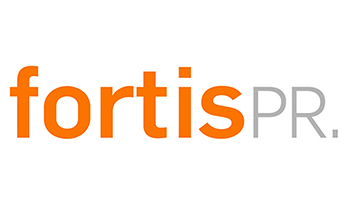A step beyond: what’s next for crisis comms
If there’s one thing that this year has highlighted to business, it’s the value of crisis communications and the importance of having the right strategy in place to deal with said crisis.
But before we start using words like “unprecedented” and “new normal”, it may help to take a step back and ask ourselves what a crisis is — the first step in dealing with one. Simply stated, a crisis is a significant event that results in high levels of scrutiny which has the potential to affect an organisation’s normal operations.
Looking at 2020, the defining feature when it comes to the crisis is that the pandemic has affected all organisations; it’s a global challenge. Yes, it has impacted businesses differently in terms of customer service, logistics, supply chain, etc., but overall, everyone has been affected.
That said, the basic principles of crisis comms still apply and haven’t changed. What may change, and certainly should change, is the way we approach planning given the benefit of hindsight and experience from the year so far.
A case in point is scenario planning; a successful crisis comms plan includes preparing for a host of potential crises e.g. an executive scandal, data breach or natural disaster. Now, however, and moving forward, we’ll be including managing the impact of a global pandemic.
Because one key piece of advice we offer our clients is that you shouldn’t do crisis comms planning during a crisis. It can lead to hasty (and poor) decision making and a less than favourable outcome for the business and its stakeholders.
Our current situation might be an anomaly, but it has demonstrated how important the core principles are:
- Plan for tomorrow
- Respond rapidly
- Work with local authorities
- Position your management front and centre
- Be open and honest
- Demonstrate concern and convey integrity
- Speak with one voice
It has also highlighted the importance of accuracy. During a crisis, it is crucial for businesses to only communicate what they know to be true. Speculation is never advised. Earlier on in the pandemic this came into sharp focus with many brands falling short after making bold statements about impact, job losses, etc. when they simply didn’t have the information available to back that up.
Brands that fared well include those that admitted what they didn’t know but balanced that with making it clear what their plans were to deal with the crisis.
Moving beyond 2020, it’s natural that the crisis comms landscape will continue to evolve, shaped by external factors — much like it’s changed from the 1990s (when it was primarily media relations focused) to now where multiple audiences are important and the use of social media makes it simultaneously more challenging yet easier to monitor what is being communicated.
While COVID has certainly taught us a lot, it’s the adherence to the basic principles and being prepared that will help organisations through. It’s about being proactive, understanding the situation and having the tools at your disposal (like the right message communicated to the right audiences) to ensure you’re addressing the crisis and demonstrating that you have a handle on things, even when there is information that you don’t yet know.


